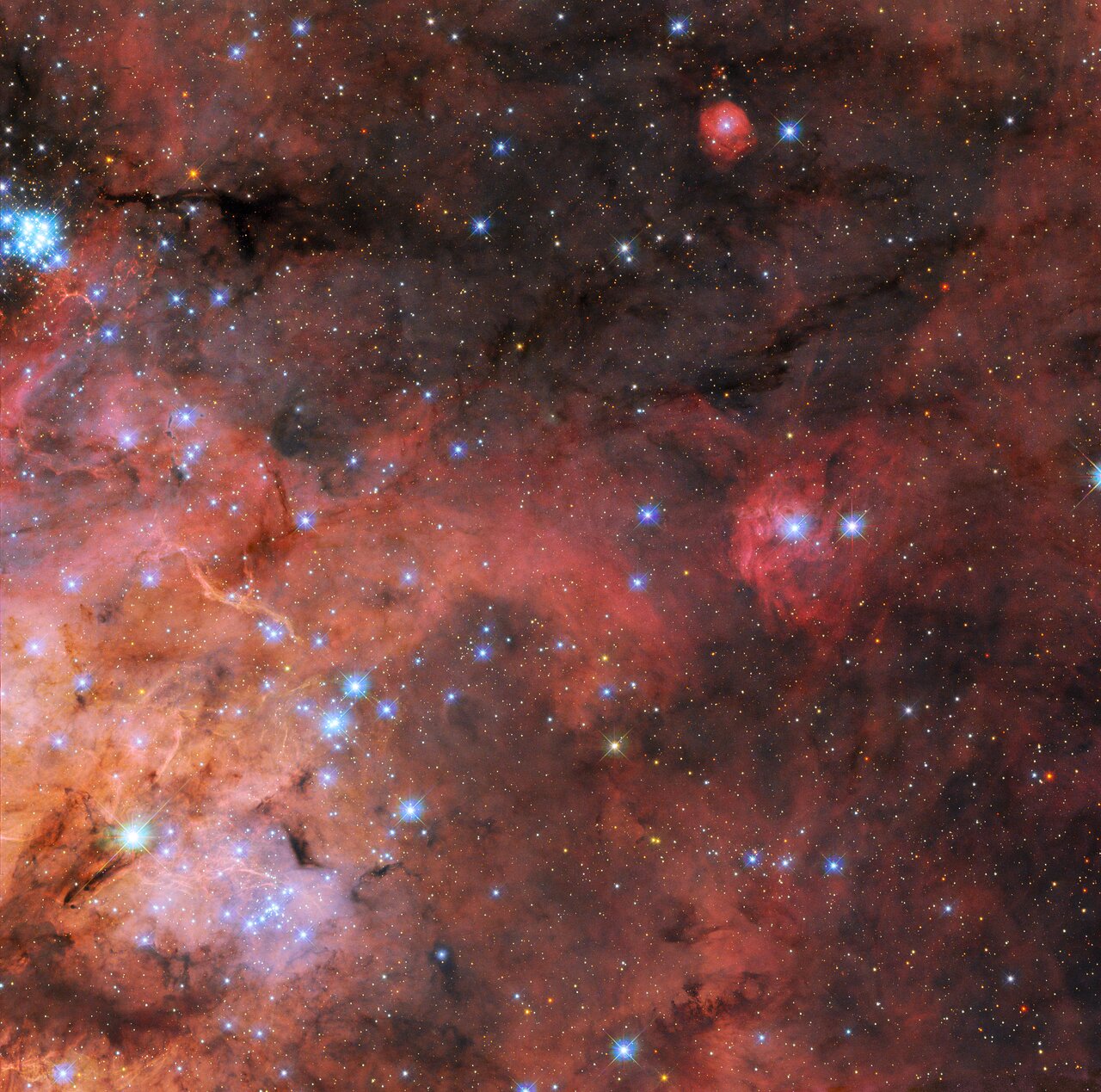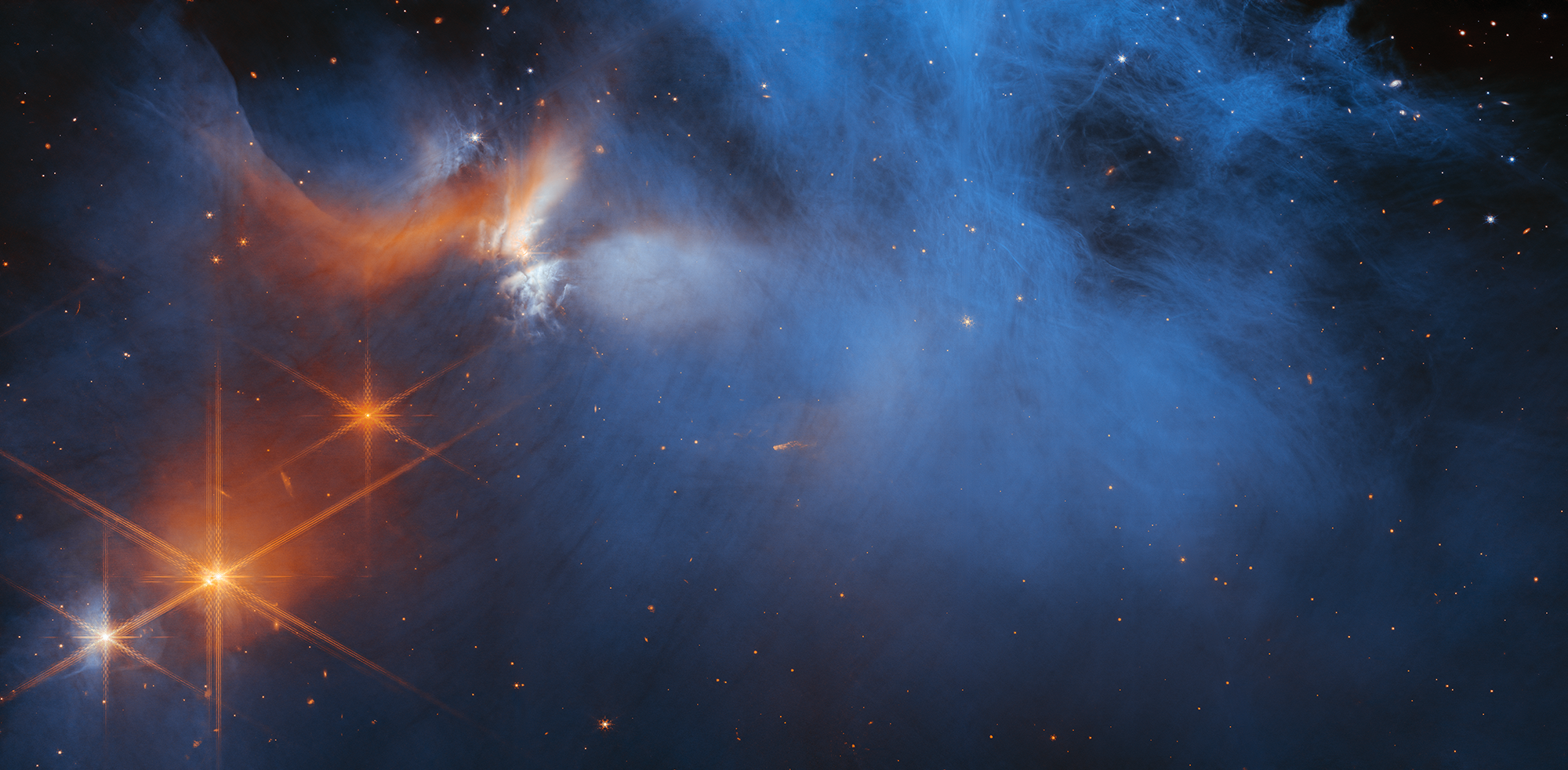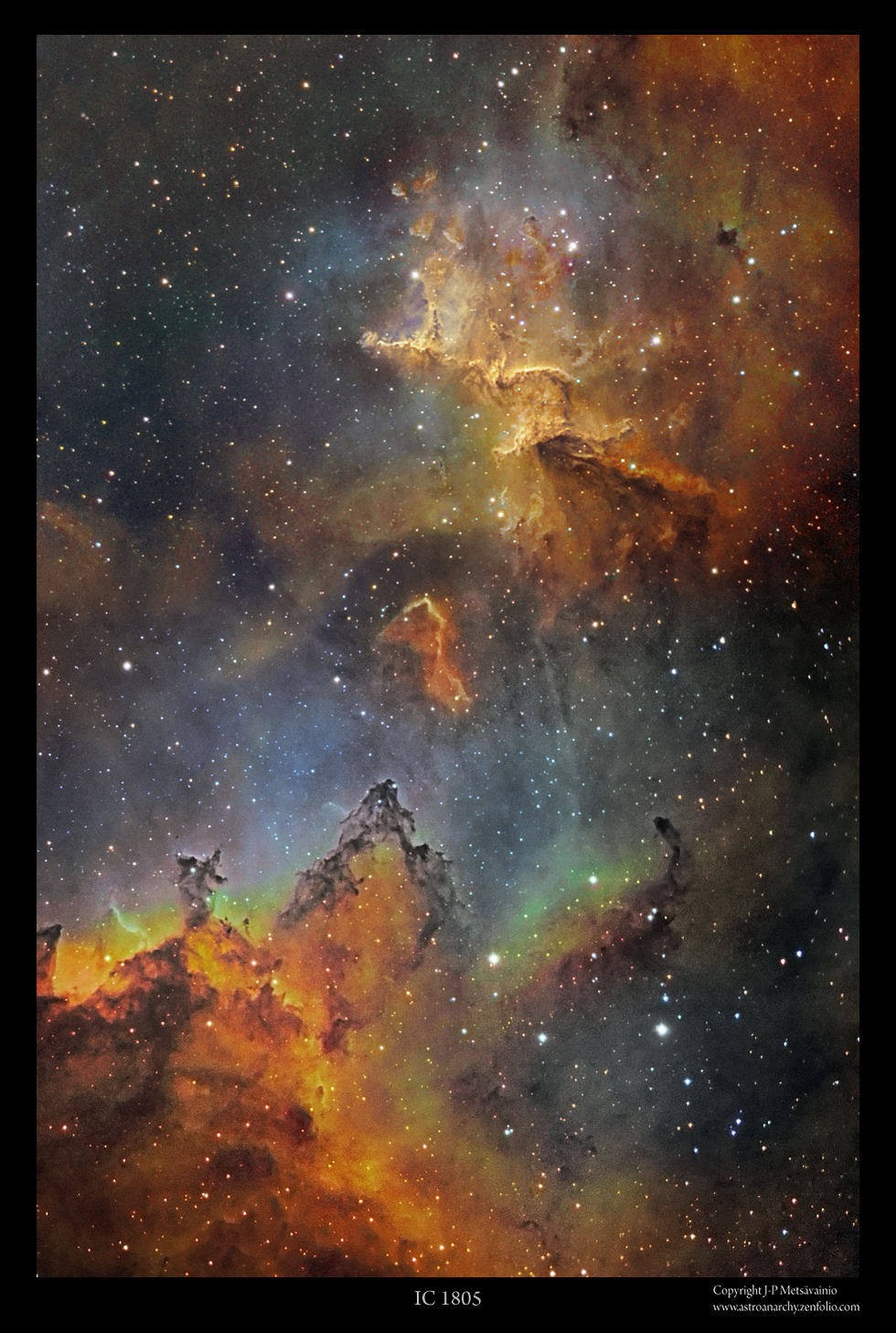Blog
Roosevelt Sykes (January 31, 1906 – July 17, 1983) was an American blues musician, also known as “the Honeydripper“.
Sykes was born the son of a musician in Elmar, Arkansas. “Just a little old sawmill town”, Sykes said of his birthplace. The Sykes family was living in St. Louis by 1909. Sykes often visited his grandfather’s farm near West Helena. He began playing the church organ around the age of ten. “Every summer I would go down to Helena to visit my grandfather on his farm,” he told biographer Valerie Wilmer. “He was a preacher and he had an organ I used to practice on, trying to learn how to play. I always liked the sound of the blues, liked to hear people singing, and since I was singing first, I was trying to play like I sang.” Sykes was baptized at 13 years old, his lifelong beliefs never conflicting with playing the blues.
At age 15, he went on the road playing piano in a barrelhouse style of blues. Like many bluesmen of his time, he traveled around playing to all-male audiences in sawmill, turpentine and levee camps along the Mississippi River, sometimes in a duo with Big Joe Williams, gathering a repertoire of raw, sexually explicit material. In 1925 Sykes met Leothus “Lee” Green, a piano player in a West Helena theater playing a mix of blues, ragtime, waltz, and jazz to accompany silent movies. They worked the Louisiana and Mississippi work camp and roadhouse circuit together, with the older man acting as mentor and protector to Sykes. “I just been pickin’ a little cotton,” Sykes would say from the stage, “and pickin’ a little piano.” The more experienced Green taught him the style, characterized by separate bass and treble rhythms, that would become the basis for “44 Blues“. Sykes’ wanderings eventually brought him back to St. Louis, Missouri, where he met St. Louis Jimmy Oden, the writer of the blues standard “Goin’ Down Slow“.
more...Franz Peter Schubert (German: [ˈfʁant͡s ˈpeːtɐ ˈʃuːbɐt]; 31 January 1797 – 19 November 1828) was an Austrian composer of the late Classical and early Romantic eras. Despite his short lifetime, Schubert left behind a vast oeuvre, including more than 600 secular vocal works (mainly lieder), seven complete symphonies, sacred music, operas, incidental music, and a large body of piano and chamber music. His major works include “Erlkönig” (D. 328), the Piano Quintet in A major, D. 667 (Trout Quintet), the Symphony No. 8 in B minor, D. 759 (Unfinished Symphony), the “Great” Symphony No. 9 in C major, D. 944, the String Quintet (D. 956), the three last piano sonatas (D. 958–960), the opera Fierrabras (D. 796), the incidental music to the play Rosamunde (D. 797), and the song cycles Die schöne Müllerin (D. 795) and Winterreise (D. 911).
Born in the Himmelpfortgrund suburb of Vienna, Schubert showed uncommon gifts for music from an early age. His father gave him his first violin lessons and his elder brother gave him piano lessons, but Schubert soon exceeded their abilities. In 1808, at the age of eleven, he became a pupil at the Stadtkonvikt school, where he became acquainted with the orchestral music of Joseph Haydn, Wolfgang Amadeus Mozart, and Ludwig van Beethoven. He left the Stadtkonvikt at the end of 1813, and returned home to live with his father, where he began studying to become a schoolteacher. Despite this, he continued his studies in composition with Antonio Salieri and still composed prolifically. In 1821, Schubert was admitted to the Gesellschaft der Musikfreunde as a performing member, which helped establish his name among the Viennese citizenry. He gave a concert of his own works to critical acclaim in March 1828, the only time he did so in his career. He died eight months later at the age of 31, the cause officially attributed to typhoid fever, but believed by some historians to be syphilis.
Appreciation of Schubert’s music while he was alive was limited to a relatively small circle of admirers in Vienna, but interest in his work increased greatly in the decades following his death. Felix Mendelssohn, Robert Schumann, Franz Liszt, Johannes Brahms and other 19th-century composers discovered and championed his works. Today, Schubert is ranked among the greatest composers in the history of Western music and his work continues to be admired.
more...A snapshot of the Tarantula Nebula (also known as 30 Doradus) is the most recent Picture of the Week from the NASA/ESA Hubble Space Telescope. The Tarantula Nebula is a large star-forming region of ionised hydrogen gas that lies 161 000 light years from Earth in the Large Magellanic Cloud, and its turbulent clouds of gas and dust can be seen swirling between the region’s bright, newly-formed stars. The Tarantula Nebula is a familiar site for Hubble. It is the brightest star-forming region in our galactic neighbourhood and home to the hottest, most massive stars known. This makes it a perfect natural laboratory in which to test out theories of star formation and evolution, and a rich variety of Hubble images of this region have been released to the public in recent years. The NASA/ESA/CSA James Webb Space Telescope also recently delved into this region, revealing thousands of never-before-seen young stars. This new image combines data from two different observing proposals. The first was designed to explore the properties of the dust grains that exist in the void between stars and which make up the dark clouds winding through this image. This proposal, which astronomers named Scylla, complements another Hubble observing proposal called Ulysses and is revealing how interstellar dust interacts with starlight in a variety of environments. This image also incorporates data from an observing programme studying star formation in conditions similar to the early Universe, as well as cataloguing the stars of the Tarantula Nebula for future science with Webb. [Image description: Wispy, nebulous clouds extend from the lower-left of the image. At the top and right the dark background of space can be seen through the sparse nebula. Along the left and in the corner are many layers of brightly-coloured gas and dark, obscuring dust. A cluster of small, bright blue stars in the same corner expands out across the image. Many much smaller stars cover the background.]

Philip David Charles Collins LVO (born 30 January 1951) is an English singer, musician, songwriter, record producer and actor. He was the drummer and later lead singer of the rock band Genesis and also has a career as a solo performer. Between 1982 and 1990, Collins achieved three UK and seven US number-one singles as a solo artist. When his work with Genesis, his work with other artists, as well as his solo career is totalled, he had more US top 40 singles than any other artist during the 1980s. His most successful singles from the period include “In the Air Tonight“, “Against All Odds (Take a Look at Me Now)“, “One More Night“, and “Another Day in Paradise“.
Born and raised in west London, Collins played drums from the age of five and completed drama school training, which secured him various roles as a child actor, with his first major role, aged 13, as the Artful Dodger in the West End musical Oliver!. He then pursued a music career, joining Genesis in 1970 as their drummer and becoming lead singer in 1975 following the departure of Peter Gabriel. Collins began a successful solo career in the 1980s, initially inspired by his marital breakdown and love of soul music, releasing the albums Face Value (1981), Hello, I Must Be Going (1982), No Jacket Required (1985) and …But Seriously (1989). Collins became, in the words of AllMusic, “one of the most successful pop and adult contemporary singers of the ’80s and beyond”. He also became known for a distinctive gated reverb drum sound on many of his recordings. In 1985, he was the only artist to perform at both Live Aid concerts. He also resumed his acting career, appearing in Miami Vice and subsequently starring in the film Buster (1988). In 1996, Collins left Genesis to focus on solo work; this included writing songs for Disney’s Tarzan (1999) for which he received an Oscar for Best Original Song for “You’ll Be in My Heart“. He rejoined Genesis for their Turn It On Again Tour in 2007. Following a five-year retirement to focus on his family life, Collins released an autobiography in 2016 and completed his Not Dead Yet Tour in 2019. He then rejoined Genesis in 2020 for a second reunion tour, ending in March 2022.
Collins’s discography includes eight studio albums that have sold 33.5 million certified units in the US and an estimated 150 million records sold worldwide, making him one of the world’s best-selling artists. He is one of only three recording artists, along with Paul McCartney and Michael Jackson, who have sold over 100 million records both as solo artists and separately as principal members of a band. He has won eight Grammy Awards, six Brit Awards (winning Best British Male Artist three times), two Golden Globe Awards, one Academy Award, and a Disney Legend Award. He was awarded six Ivor Novello Awardsfrom the British Academy of Songwriters, Composers and Authors, including the International Achievement Award. He received a star on the Hollywood Walk of Fame in 1999, and was inducted into the Songwriters Hall of Fame in 2003 and the Rock and Roll Hall of Fame as a member of Genesis in 2010. He has also been recognised by music publications with induction into the Modern Drummer Hall of Fame in 2012, and the Classic Drummer Hall of Fame in 2013.
more...Edward Brian “Tubby” Hayes (30 January 1935 – 8 June 1973) was an English jazz multi-instrumentalist, best known for his tenor saxophone playing in groups with fellow sax player Ronnie Scott and with trumpeter Jimmy Deuchar.
In 1970, Hayes spent 15 weeks in a hospital with a severe infection of his internal organs. In July 1971, he underwent open heart surgery to replace the mitral valve. This operation was a success and he was able to start performing again in December 1971. In 1972, he toured Norway, Sweden and Finland.
Hayes died in June 1973, during a second heart operation at the Hammersmith Hospital, at the age of 38.
more...Ahmed Abdul-Malik (born Jonathan Tim, Jr.; January 30, 1927 – October 2, 1993) was an American jazz double bassist and oud player.
Abdul-Malik is remembered for integrating Middle Eastern and North African music styles in his jazz music.He was a bass player for Art Blakey, Earl Hines, Randy Weston, and Thelonious Monk, among others.
Abdul-Malik claimed that his father was from Sudan and moved to the United States. Research by historian Robin Kelley, however, indicates that Abdul-Malik was born to Caribbean immigrants and changed his birth name.
more...David Roy Eldridge (January 30, 1911 – February 26, 1989), nicknamed “Little Jazz“, was an American jazz trumpeter. His sophisticated use of harmony, including the use of tritone substitutions, his virtuosic solos exhibiting a departure from the dominant style of jazz trumpet innovator Louis Armstrong, and his strong impact on Dizzy Gillespie mark him as one of the most influential musicians of the swing era and a precursor of bebop.
Eldridge was born on the North Side of Pittsburgh, Pennsylvania on January 30, 1911, to parents Alexander, a wagon teamster, and Blanche, a gifted pianist with a talent for reproducing music by ear, a trait that Eldridge claimed to have inherited from her. Eldridge began playing the piano at the age of five; he claims to have been able to play coherent blues licks at even this young age. The young Eldridge looked up to his older brother, Joe Eldridge (born Joseph Eldridge, 1908, North Side of Pittsburgh, Pennsylvania, died March 5, 1952), particularly because of Joe’s diverse musical talents on the violin, alto saxophone, and clarinet.Roy took up the drums at the age of six, taking lessons and playing locally. Joe recognized his brother’s natural talent on the bugle, which Roy played in a local church band, and tried to convince Roy to play the valved trumpet. When Roy began to play drums in his brother’s band, Joe soon convinced him to pick up the trumpet, but Roy made little effort to gain proficiency on the instrument at first. It was not until the death of their mother, when Roy was eleven, and his father’s subsequent remarriage that Roy began practicing more rigorously, locking himself in his room for hours, and particularly honing the instrument’s upper register.From an early age, Roy lacked proficiency at sight-reading, a gap in his musical education that would affect him for much of his early career, but he could replicate melodies by ear very effectively.
more...
This image by the NASA/ESA/CSA James Webb Space Telescope’s Near-InfraRed Camera (NIRCam) features the central region of the Chameleon I dark molecular cloud, which resides 630 light years away. The cold, wispy cloud material (blue, centre) is illuminated in the infrared by the glow of the young, outflowing protostar Ced 110 IRS 4 (orange, upper left). The light from numerous background stars, seen as orange dots behind the cloud, can be used to detect ices in the cloud, which absorb the starlight passing through them.
An international team of astronomers has reported the discovery of diverse ices in the darkest, coldest regions of a molecular cloud measured to date by studying this region. This result allows astronomers to examine the simple icy molecules that will be incorporated into future exoplanets, while opening a new window on the origin of more complex molecules that are the first step in the creation of the building blocks of life.
[Image Description: A large, dark cloud is contained within the frame. In its top half it is textured like smoke and has wispy gaps, while at the bottom and at the sides it fades gradually out of view. On the left are several orange stars: three each with six large spikes, and one behind the cloud which colours it pale blue and orange. Many tiny stars are visible, and the background is black. 
Eddie Taylor (January 29, 1923 – December 25, 1985) was an American electric blues guitarist and singer. Born Edward Taylor in Benoit, Mississippi, as a boy Taylor taught himself to play the guitar. He spent his early years playing at venues around Leland, Mississippi, where he taught his friend Jimmy Reed to play the guitar. With a guitar style deeply rooted in the Mississippi Delta tradition, Taylor moved to Chicago, Illinois, in 1948.
more...James Lee Jamerson (January 29, 1936 – August 2, 1983) was an American bass player. He was the uncredited bassist on most of the Motown Records hits in the 1960s and early 1970s (Motown did not list session musician credits on their releases until 1971), and is now regarded as one of the most influential bass players in modern music history. He was inducted into the Rock and Roll Hall of Fame in 2000. As a session musician he played on twenty-three BillboardHot 100 number-one hits, as well as fifty-six R&B number-one hits. Long troubled by alcoholism, Jamerson died of complications from cirrhosis of the liver, heart failure and pneumonia on August 2, 1983, in Los Angeles. He is interred at Detroit’s historic Woodlawn Cemetery.
more...Edwin Thomas “Ed” Shaughnessy(January 29, 1929 – May 24, 2013) was a swing music and jazz drummer long associated with Doc Severinsen and a member of The Tonight Show Band on The Tonight Show Starring Johnny Carson. Shaughnessy was born in Jersey City, New Jersey and grew up in the New York City area, working in the 1940s with George Shearing, Jack Teagarden, and Charlie Ventura. In the 1950s he worked in the Charlie Ventura, Benny Goodman and Tommy Dorsey bands. In the 1960s he played for Count Basie prior to joining The Tonight Show Band.
more...The Heart Nebula (also known as the Running dog nebula, IC 1805, Sharpless 2-190) is an emission nebula, 7500 light years away from Earth and located in the Perseus Arm of the Galaxy in the constellation Cassiopeia. It was discovered by William Herschel on 3 November 1787. It displays glowing ionized hydrogen gas and darker dust lanes.
The brightest part of the nebula (a knot at its western edge) is separately classified as NGC 896, because it was the first part of the nebula to be discovered. The nebula’s intense red output and its morphology are driven by the radiation emanating from a small group of stars near the nebula’s center. This open cluster of stars, known as Collinder 26 or Melotte 15, contains a few bright stars nearly 50 times the mass of the Sun, and many more dim stars that are only a fraction of the Sun’s mass.
The Heart Nebula is also made up of ionised oxygen and sulfur gasses, responsible for the rich blue and orange colours seen in narrowband images. The shape of the nebula is driven by stellar winds from the hot stars in its core. The nebula also spans almost 2 degrees in the sky, covering an area four times that of the diameter of the full moon.

Tunde Jegede (born 28 January 1972) is a composer and multi-instrumentalist in contemporary classical, African and pop music, who is of Nigerian descent and born in England and as a child travelled to Africa to learn the art of the kora. He is a producer-songwriter and has worked across several genres both as a performer (cello, kora, piano and percussion) and producer. He is a master kora player, and specializes in the West African classical music tradition which dates from the period of Sundiata. His sister is Sona Jobarteh, who is the first female kora virtuoso to come from a griot family. His father is Nigerian artist Emmanuel Taiwo Jegede.
more...More Posts
- Daily Roots with David Madden and Augustus Pablo
- The Cosmos with NGC 6960
- Charles Moffett
- Jimmy Reed Day
- World Music with Shashmaqam
- Daily Roots with Junior Brown
- The Cosmos with NGC 3628
- Buddy Miles Day
- John Cage Day
- Sunnyland Slim Day
- World Music with Maayan Band
- Daily Roots with Jerry Harris
- The Cosmos with NGC 6861
- Bireli Lagrene Day
- Gerald Wilson Day
- Meade Lux Lewis Day
- World Music with Samite
- Daily Roots with Burning Spear
- The Cosmos with NGC 4217
- Freddie King Day